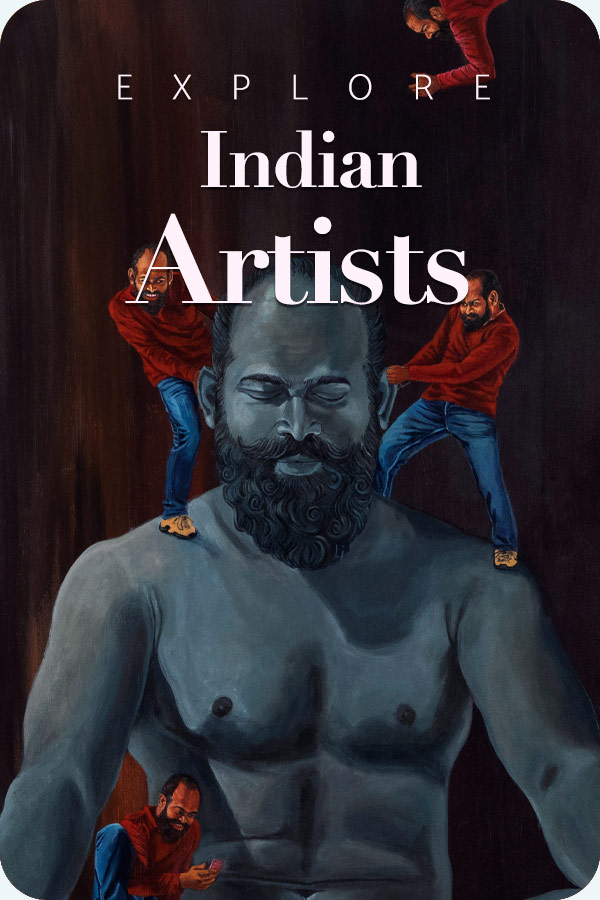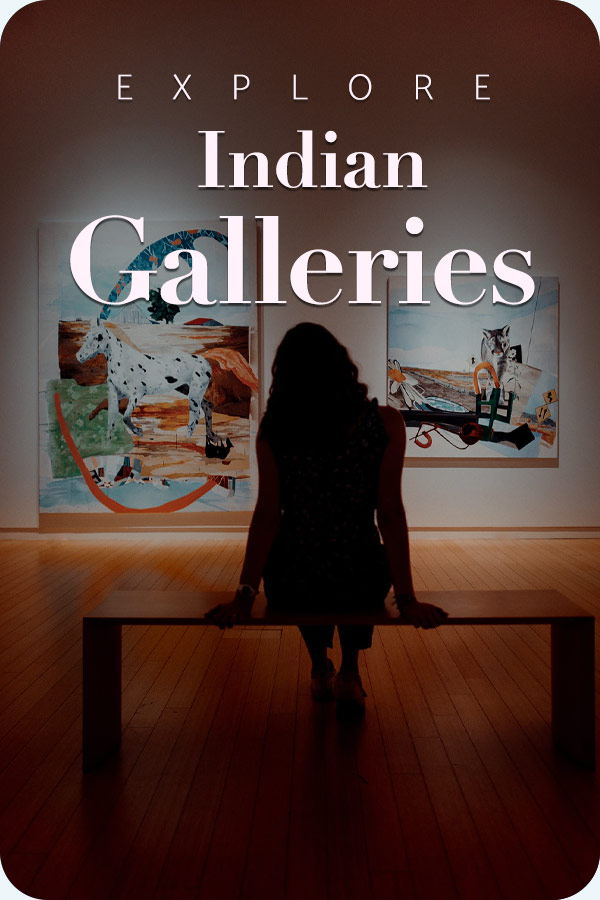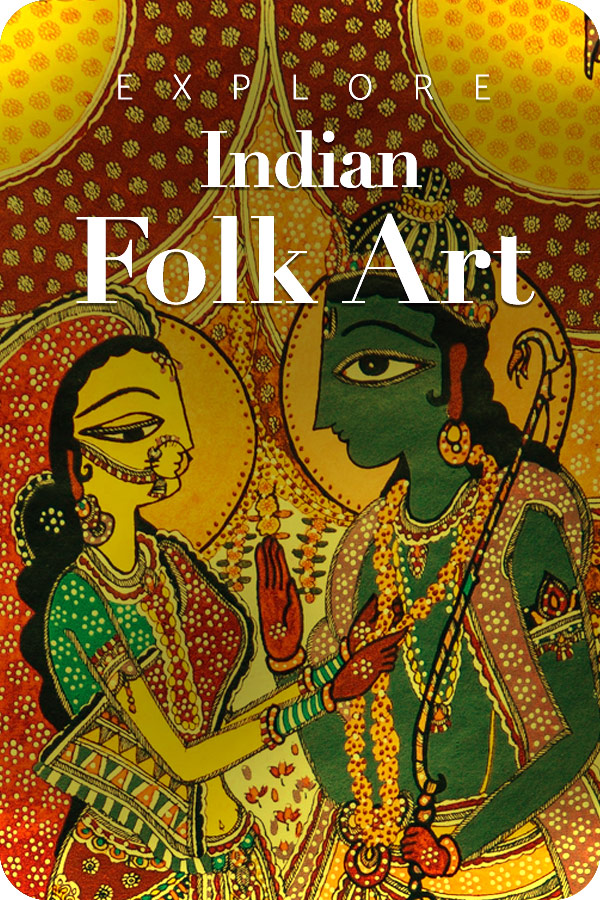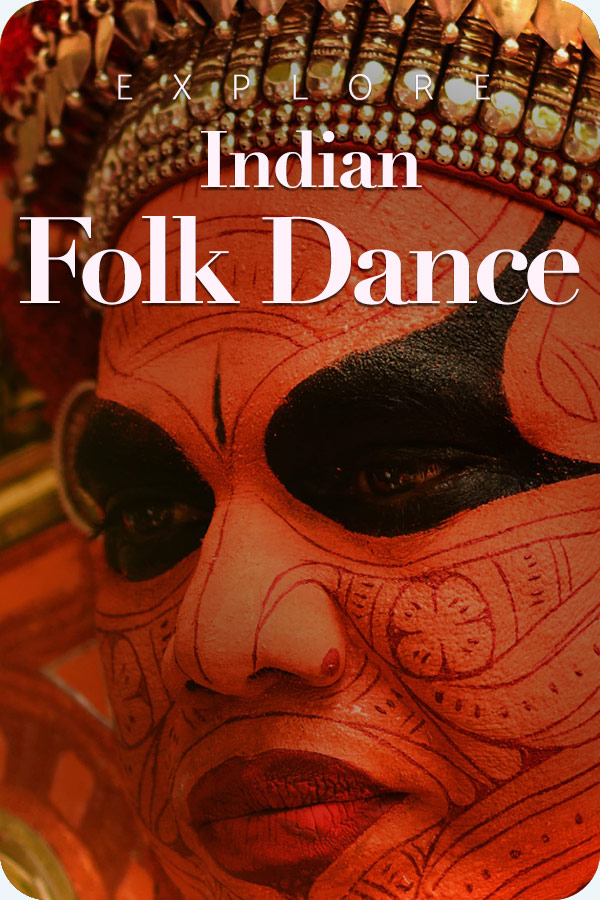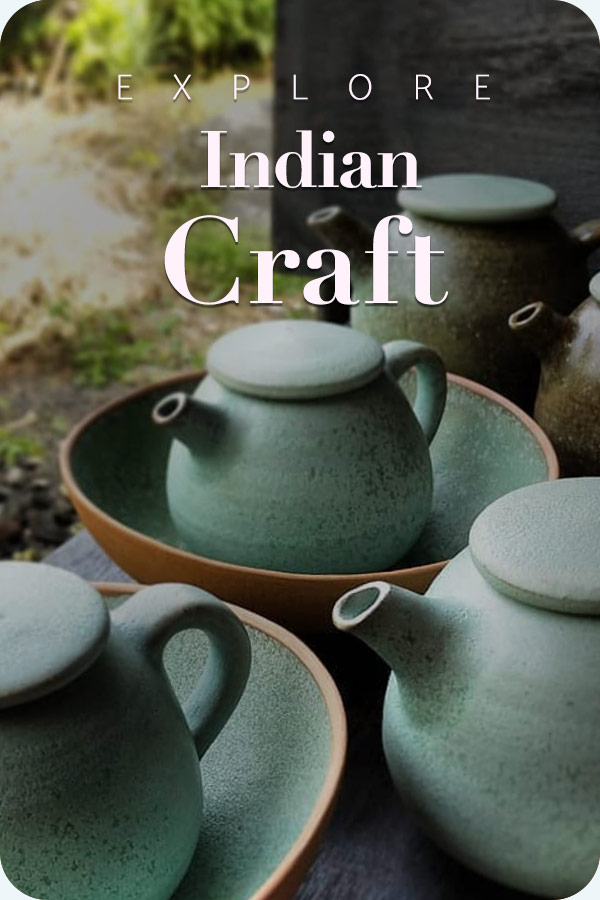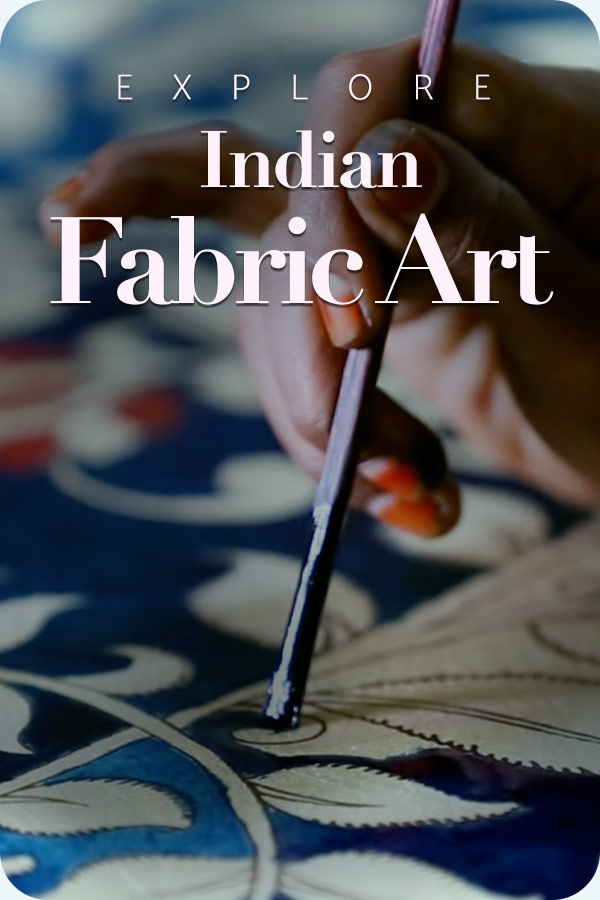
What you wear is a beautiful form of self-expression and the people of Kerala dress up in their traditional attire to symbolize their love and respect for their history and culture as well as their beliefs. The textile industry in Kerala is one of the foremost revenue-generators of the state with cotton and silk being the predominantly produced fabrics here. The clothing of this state is minimalistic, a fact from which it derives its eloquence. When it comes to the traditional dress of Kerala, one simply thinks of Mundu as a reflex.
Kerala Traditional Dress Mundu

Mundu refers to a white cloth that is wrapped around the lower waist and seems to be similar to a dhoti or a long skirt. It is worn by both men and women alike. The white Mundu perfectly represents the simplicity of the lives of the people here. It also sometimes differs based on religion for Christian women prefer to wear a pleated Mundu. The cloth also possesses a zari border referred to as ‘kara’ which gives it a royal look and is worn on festive occasions. The white Mundus are set apart by the vibrant karas that allow the people to add their touch to the dress.
Traditional Dress of Kerala Men

To cover up their upper bodies, men drape a cloth over their shoulders which is known as ‘Melmundu’. However, with rapid modernization as well as influence from the west, a more commonly seen combination today is a Mundu with a shirt, sometimes with a blazer. For traditional festivals such as Onam, men also opt for a kurta or a sherwani with the mundu. The garment, to avoid obstructions while engaging in work, can be folded and is often done so by men. Furthermore, men in Kerala also wear a dress known as Jubba that is full-sleeved along with the mundu for joyous occasions. Over time, dresses have been revamped to fit the current scenario and in the case of Jubba, the dress itself is now handsomely embroidered.
Traditional Dress of Kerala Women

The women customarily wear a mundu-set or a mundum-neriyathum which includes a blouse that hangs from one shoulder and has a kara similar to the lower-mundu. This attire is said to bear a striking resemblance to a sari. It is primarily made out of cotton or silk (for special events such as a wedding or a festival). Mundus are fashioned in various manners. Every community, every religion adds its touch to this piece of elegance and purity.
Kerala’s Bridal Wear

When discussing a state’s fashion and clothing, a discussion upon wedding dresses becomes an absolute must for, after all, it’s not just a dress but a dress you’ll remember forever. The typical bridal dress in Kerala might just be the very definition of grace. The women look heavenly in pastel white and cream colors and even though the earlier trends involved opting for gaudy gold jewelry, the inclinations these days seem to be towards understated pieces made from gold, silver, rubies, platinum, diamond, etc.
The bridal dresses also vary in Kerala from religion to religion. Hindu brides tend to appear extraordinary dressed in bright colors paired with exquisite gold jewelry, Kerala’s very own specialty. When it comes to Christian brides, how could anyone ever go wrong with a classic white gown and the veil with the bouquet that every woman at the ceremony has her eyes on? Muslim brides chose to go the ethnic route, wearing embroidered silk sarees, with heavy makeup as well as a dupatta to round off the look beautifully.
Traditional Jewellery of Kerala

No dress is complete without accessories and what better than some marvelous jewelry? The gold jewelry of the state is in one word: divine. Most are embellished with portrayals of gods as well as goddesses. The Manga Mala Necklace consists of tiny mango-shaped pendants which are truly delicious. This design is quite popular in the region. Another necklace that can be witnessed worn here is the Mulla Motu necklace which is made from a sequence of jasmine petals, a must-have for any bride. After the wedding, they might consider purchasing a Karimani Mala, the Mangalsutra of the south, adorned by married women. Along with these magnificent necklaces, Kolusu (an anklet), gorgeous earrings referred to as ‘Jhimkis’, and the Vanki armlet are other beautifully designed jewelry seen in the state of Kerala.
“You can’t buy happiness, but you can buy sarees, and let’s face it, that’s kind of the same thing.” Kerala is the perfect example of how ethnic and modern can go hand in hand with men in the region wearing shirts with Mundus and women selecting a minimalistic outlook towards clothing with is a perfect representation of the kind and warm-hearted people of Kerala who still embrace tradition with open arms without the unfounded fear of being referred to as ‘old-fashioned’ for accepting who they are and accepting their identity for real style isn’t limited to right or wrong, black or white. Real style comes from being yourself with resolution.


